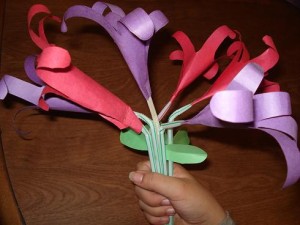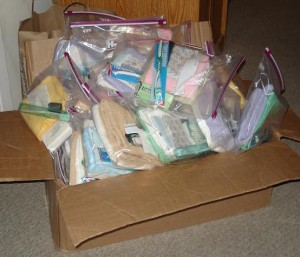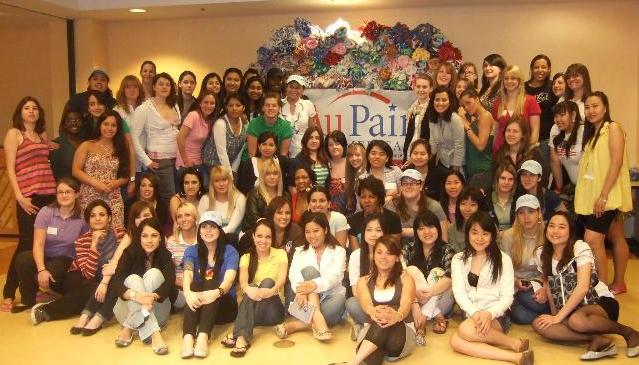Many years ago people had to use the sun to tell him. Learn how people told time before the invention of watches and clocks by making a sun clock.
What you need:
- paper plate
- plastic straw
- sharpened pencil
- crayons
- ruler
- pushpins
What you do:
- Start this project on a sunny day just before noon.
- Use the pencil to poke a hole through the very center of the paper plate. Write the number 12 on the edge of the plate with a crayon. Using the ruler as a guide, draw a straight line from the number 12 to the hole in the center of the plate.
- At noon, take the plate and the straw outside. Put the plate on the ground and poke the straw through the hole. Slant the straw toward the line you drew. Now carefully turn the plate so that the shadow of the straw falls along the line to the number 12.
- Fasten the plate to the ground with some pushpins. Have your child predict where he/she thinks that the shadow of the straw will be pointing in one hour.
- One hour later, at one o’clock, check the position of the shadow along the edge of the plate and write the number 1 on that spot. Continue each hour predicting the position and then checking and marking the actual position and time on the edge of the plate.
- At the end of the day you and your child will have a sun clock. On the next sunny afternoon you will be able to tell time by watching where the shadow of the straw falls on your clock.
Note: Observation, prediction and communication are all very important science skills. This activity helps to develop them. Be sure to have your child talk about why he/she thinks the shadow is moving.
Photo: NWF




